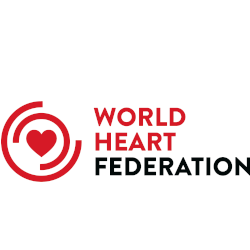Original Research
Footprint and Imprint: An Ecologic Time-Trend Analysis of Cardiovascular Publications in General and Specialty Journals
Abstract
Studies have demonstrated strong associations between publication source and citations, as well as investigatory analysis of collaboration effects, in general and medical literature, but are limited to specific journals or short duration of time. This study sought to analyze time trends in cardiovascular research publications in leading general and specialty journals and to determine the association between collaboration and citation index. Cardiovascular publications were retrieved from Web of Knowledge by a cardiovascular bibliometric filter, and annual publication volumes in 8 general and specialty journals were compared. Univariable linear regression models were used to determine global and journal-specific trends for overall publication, cardiovascular publication, proportion of cardiovascular publication, collaboration, and citations. Cardiovascular publications increased (1999 to 2008) by 36% and number of sources by 74%. Volume increased in European Heart Journal (beta: 18.4, 95% confidence interval [CI]: 10.6 to 26.3) and decreased in Circulation (beta: –42.9, 95% CI: –79.3 to –6.5), Annals of Internal Medicine (beta: –1.9, 95% CI: –3.5 to –0.3), and Lancet (beta: –11.2, 95% CI: –14.7 to –7.8). Number of contributing countries increased in 3 journals: BMJ (beta: 0.8, 95% CI: 0.2 to 1.5), European Heart Journal (beta: –1.2, 95% CI: 0.8 to 1.7), and New England Journal of Medicine (beta: 1.6, 95% CI: 0.6 to 2.7). Fraction of collaborative publications increased (beta: 1.1 to 2.9) in all but Annals of Internal Medicine. Collaboration was associated with a higher median actual citation index (p < 0.0001). We found increasing trends in collaboration and citation in both general and specialty journals. Contribution by country in selected journals was disproportionate and under-represents total cardiovascular research in low- and middle-income countries.


